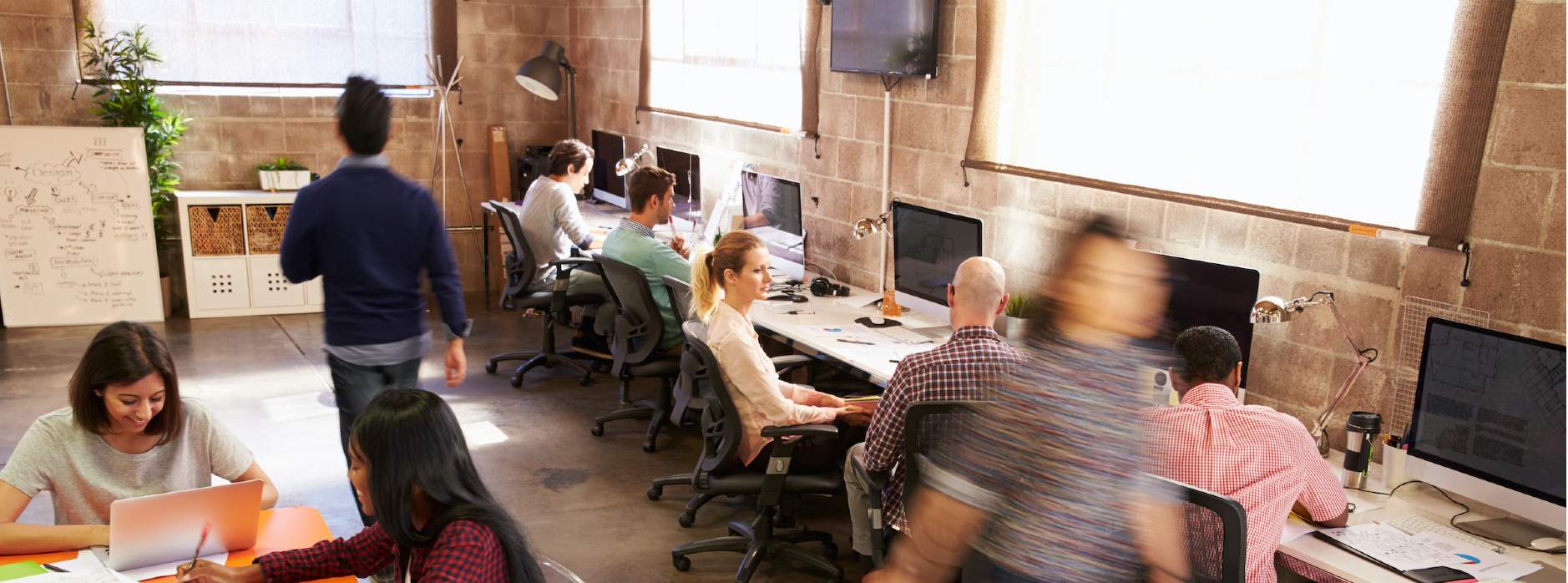For many organisations, a combination of working in the office and at home has become the norm following the pandemic. Equally many for firms, protocols are evolving as people find their way in the new world.
For those organisations that are not disposed to enact specific days in the office, a natural pattern has emerged of Tuesday, Wednesday, and Thursday in the office, obviously resulting in peak occupancy on those days.
Previously, before agile working, this approach created havoc in the workplace, with a lack of desk seats for the number of people coming in, who then had nowhere else to go. This did happen and, as a direct result, the perception of staff was that they could not find a desk and therefore would not make the effort to come in.
Successful agile working is dependent on providing a choice of work settings beyond a traditional desk, which still has its place, and recognises that people need a variety of spaces to support collaboration, focus and socialising.
A well-designed workspace can support these moments of peak occupation, though early consideration to what the intended protocols might be will assist in ensuring the balance of spaces are right. What occupiers need to avoid is the assumption that all alternative settings are appropriate to count as workspaces: any setting intended for longer working must meet the health and safety standards of a traditional workplace.
Collaboration spaces, with, for example, a team table or a meeting room can be categorised as a work space as the seating and worksurface height will support longer laptop work but soft seating areas or stand-up quiet booths are only suitable for short periods of laptop use.
The key is to ensure that on any given day there are sufficient desks seats and alternative seats. For instance, if an organisation operates at 75 per cent occupancy, providing 60 per cent desk seats and 60 per cent alternative seats provides for 120 per cent of the planned occupancy or 90 per cent of the overall headcount. While not all desks are suitable for traditional work, on any given day there will be somewhere to go. Add the social space of, say, 45 per cent seats against planned occupancy and even the most intense peak can be accommodated, without providing allocated desks to all.
The majority of staff report that their return to the office is concentrated around seeing their colleagues and friends, as well as learning from leaders, so the socialisation aspect is vital to a successful work environment. A positive workplace experience will encourage movement and chance encounters and people will feel the buzz of the office, which will, in turn, encourage attendance.
Further information
Contact Yetta Reardon Smith or Fiona Crowley
Is it possible for occupliers to have a 'goldilocks moment' when it comes to office space?


(1).jpg)

.jpg)



.jpg)

